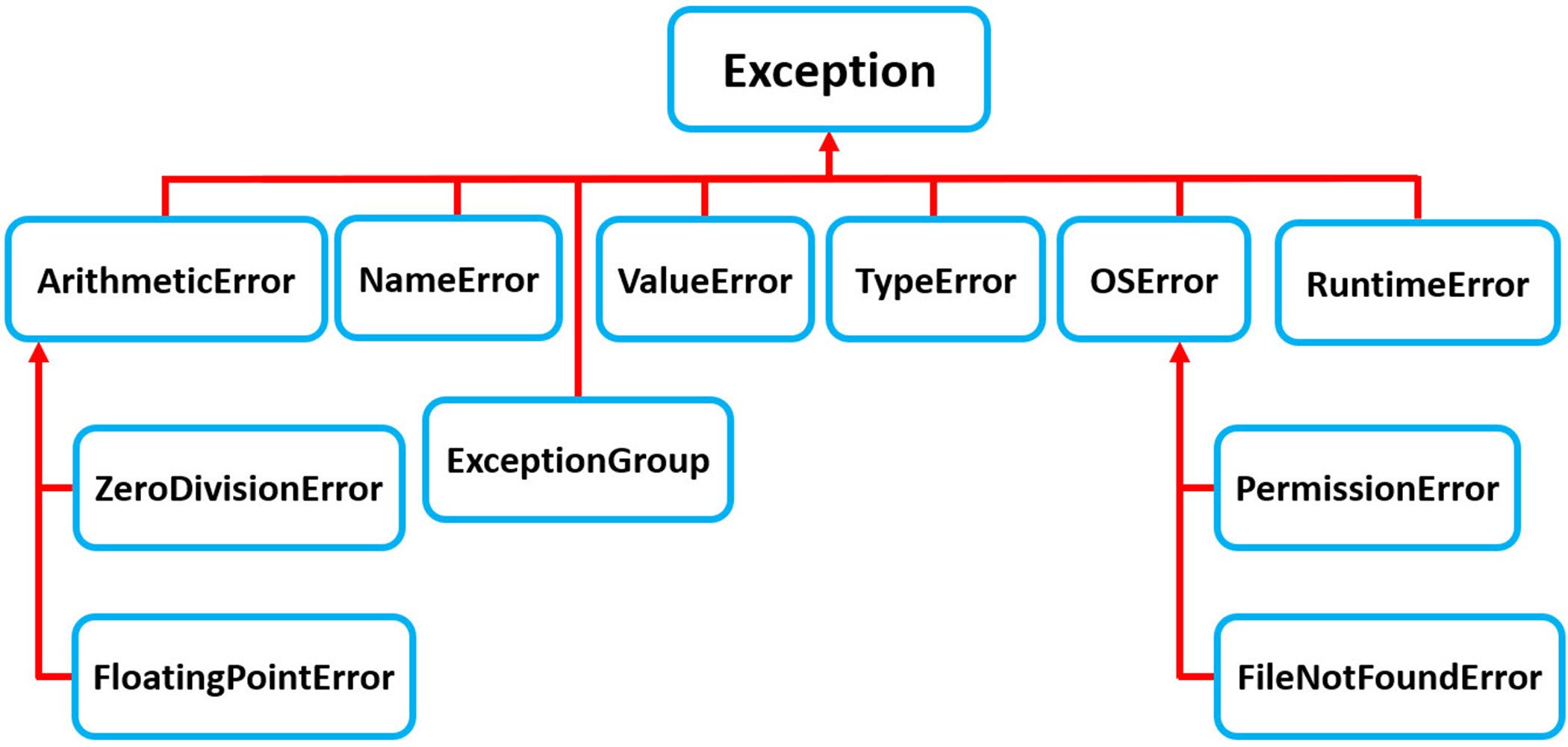Today, our focus is on Python Exceptions. These exceptions are similar to life's detours, and they divert the typical execution journey of your program. Handling these "roadblocks" ensures the creation of robust and fail-safe Python scripts. By the end of the lesson, you'll understand Python exceptions and be able to identify them.
Python exceptions are deviations that disrupt the flow of your program. They surface when you try to divide by zero or exceed array indices. These instances present opportunities to handle and rectify issues. Consider a ZeroDivisionError, a Python exception that results from a division by zero:
Exceptions serve as alarms, signaling code errors and providing opportunities for error handling.
Much like a family tree, Python exceptions form an inheritance hierarchy. All exceptions are derived from a built-in BaseException class. Hence, specific exceptions inherit properties from the more general ones, forming a hierarchy. ZeroDivisionError, FileNotFoundError, and TypeError are part of this hierarchy.
Here is an approximate visualization for this hierarchy, though it still doesn't include all existing exceptions. While you don't have to know all exceptions in this hierarchy right now, it can still provide you a better understanding of how exceptions inherit from each other:

